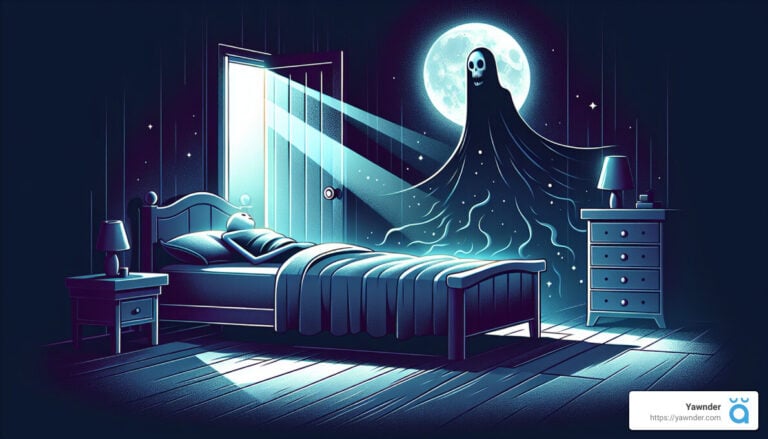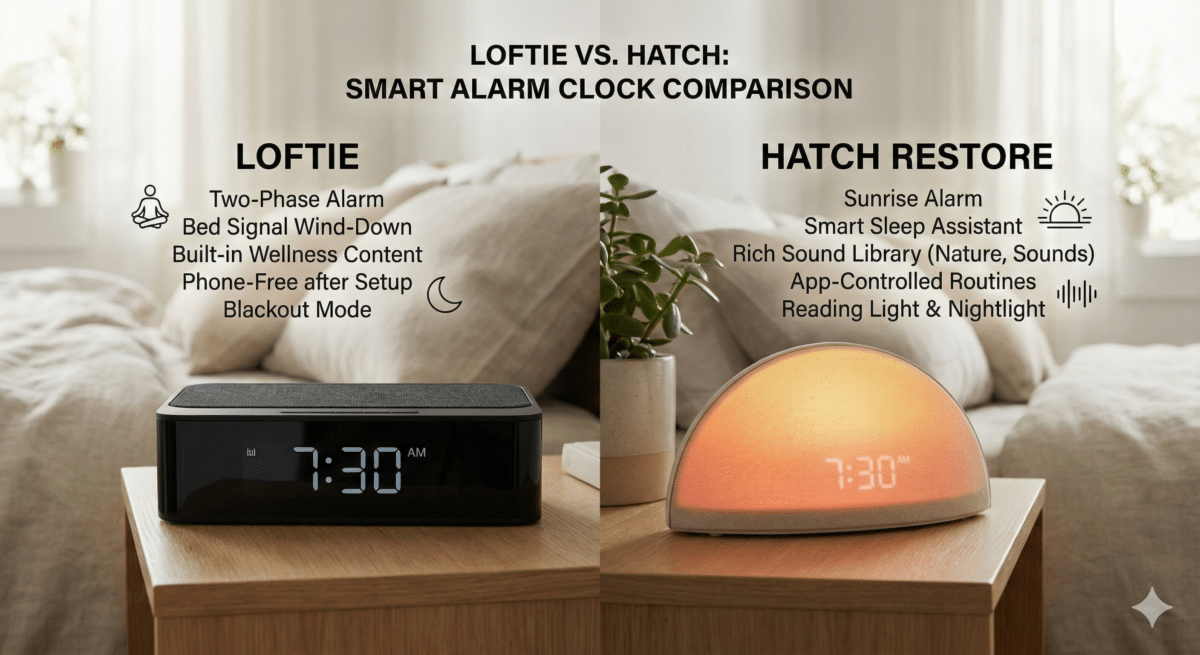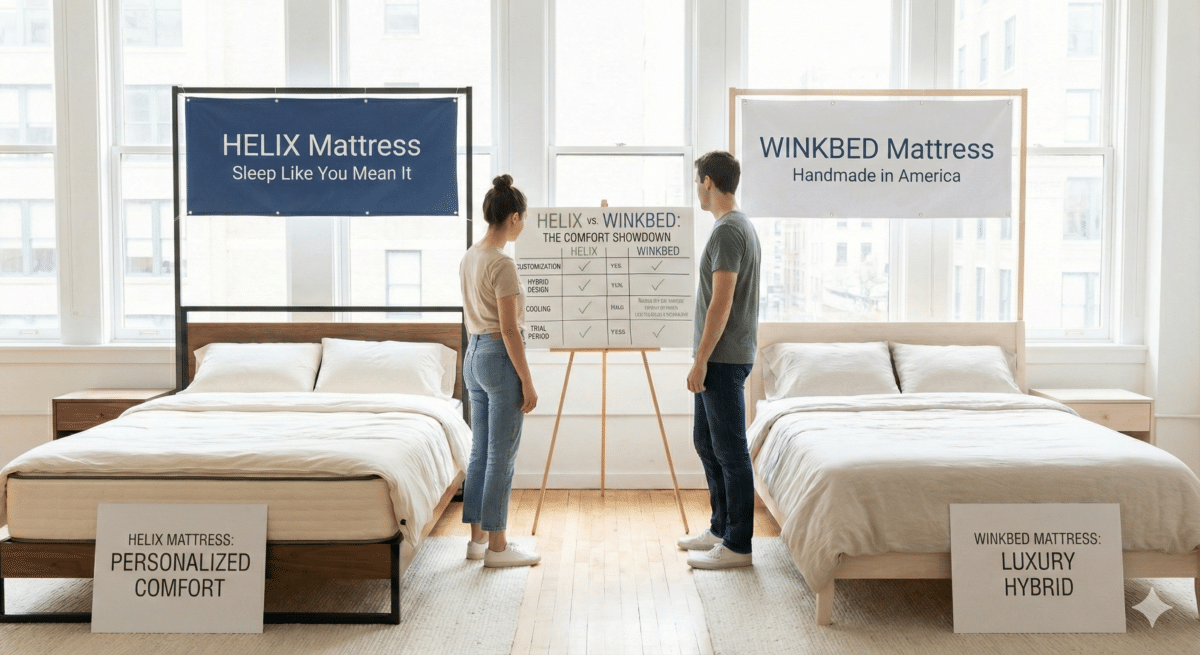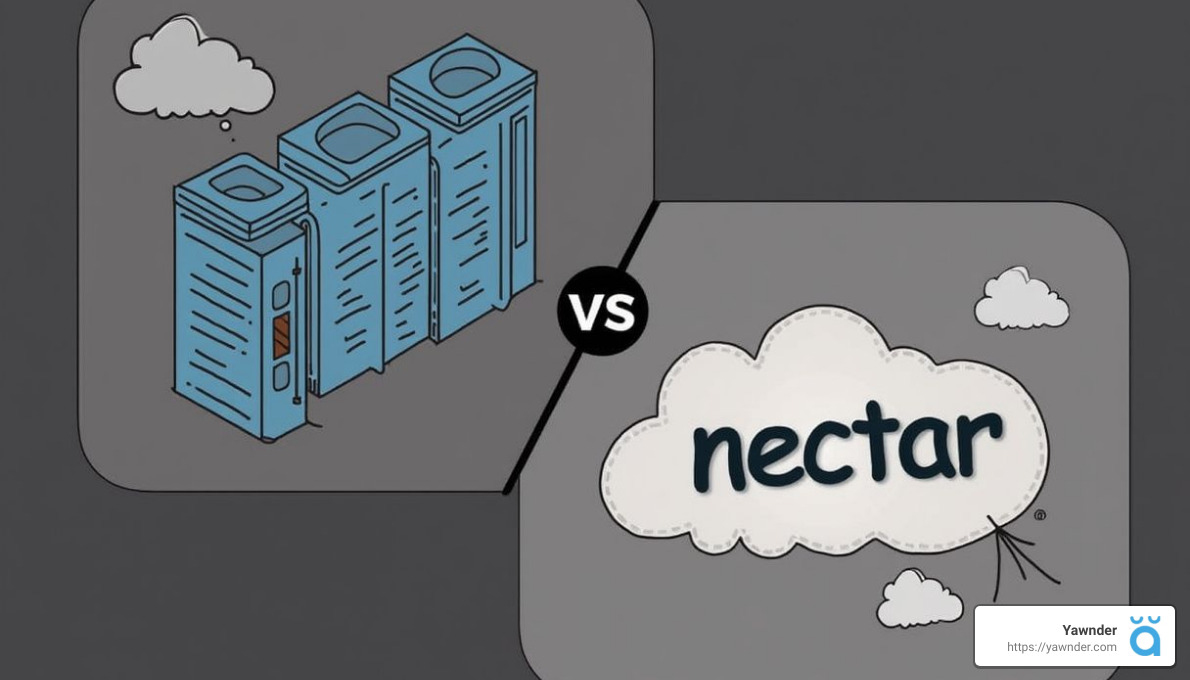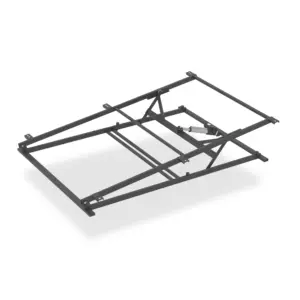The Ultimate Guide to Understanding Sleep Paralysis Demons
What Are Sleep Paralysis Demons?
Sleep paralysis demons represent a deeply unsettling phenomenon that many individuals encounter during sleep. This experience occurs when a person is consciously awake yet unable to move or speak, often resulting in terrifying hallucinations. Feeling restrained within one’s own body while experiencing vivid visual or auditory disturbances can be distressing, leaving lasting impressions of fear.
Historical interpretations often attribute these experiences to supernatural forces, weaving rich folklore around the sensations of pressure and the eerie presence of suffocating figures. For example, the fearsome “Old Hag” in Newfoundland folklore symbolizes the struggle many face during these episodes, while ancient narratives of incubi and succubi conjure images of demonic beings tormenting sleepers.
Cultural Perspectives on Sleep Paralysis Demons
From the Jinn in Egypt to Brazil’s Pisadeira, cultures around the world share narratives that address sleep paralysis. The Old Hag, for instance, emerged from Newfoundland folklore as a witch who sits upon the chest of her victims, provoking feelings of suffocation. Similarly, the Pisadeira, a Brazilian figure, administers pressure to those sleeping on their backs, warning against the dangers of food before sleep. Japan’s Kanashibari, translating to bound, suggests a mystical connection, drawing on Buddhist themes of immobilization by supernatural means.
Across various cultures, the consistent elements of hallucinations and feelings of an intruder portray universal fears. The Khmaoch Sângkât in Cambodia illustrates how trauma shapes these narratives, intertwining cultural fears with personal experiences. Collectively, these interpretations of sleep paralysis demons highlight a rich tapestry of understanding around an experience that feels alarmingly real and difficult to shake.
Causes of Sleep Paralysis
Understanding the Triggers
Numerous factors contribute to the occurrences of sleep paralysis, illuminating the complex connections between body and mind. Awareness of these triggers can empower individuals to manage or prevent episodes:
– REM Sleep Interruption: Sleep paralysis likely occurs during transitions in the sleep-wake cycle, particularly between REM sleep—when dreaming occurs—and waking. If this transition is disrupted, it can lead to episodes of paralysis during awareness.
– Neurotransmitter Fluctuations: Chemical messengers in the brain, particularly serotonin, influence sleep patterns. An imbalance may result in hallucinations and feelings of dread during sleep paralysis.
– Stress and Anxiety: Emotional states such as stress and anxiety often aggravate sleep disruptions. Knowledge from Dr. Kara Bagot confirms that a significant number of those experiencing sleep paralysis also report accompanying hallucinations.
– Irregular Sleep Patterns: Fractured sleep schedules or sleep deprivation significantly increase susceptibility to episodes. Irregularity can impair the body’s ability to transition smoothly between various sleep stages.
– Underlying Conditions: Conditions like PTSD and narcolepsy tend to coincide with sleep paralysis. Those afflicted with PTSD may often experience heightened alertness, making sleep disturbances more frequent.
Recognizing Symptoms
When sleep paralysis strikes, recognizing the symptoms can help demystify the experience:
– Inability to Move: The stark reality of waking yet being completely immobilized can last from mere seconds to several minutes.
– Chest Pressure: Individuals frequently report a suffocating weight upon their chest, reflecting the physical intensity of their hallucination.
– Intrusive Hallucinations: Experiencing auditory or sensory hallucinations—such as hearing whispers or sensing a lurking presence—heightens the terror associated with sleep paralysis.
Effective Strategies for Prevention
How to Manage Sleep Paralysis
Taking control of your sleep environment and habits can effectively decrease the frequency of these disturbing episodes:
– Establish a Consistent Sleep Schedule: Going to bed and waking up at consistent times supports your body’s internal clock, enhancing sleep quality.
– Limit Stimulants: Avoiding caffeine and alcohol in the hours leading up to bedtime will lessen the risk of sleep interruptions.
– Practice Relaxation Techniques: Consider integrating relaxation strategies such as yoga, meditation, or deep breathing into your pre-bedtime routine to help mitigate stress.
– Mindful Movement: During an episode, if you can move even your small digits—like fingers or toes—you might break the spell of paralysis. Focused intention can help reclaim control during paralysis.
– Engage in Healthy Sleep Hygiene: Creating a calming sleeping environment by ensuring your bedroom is cool, dark, and quiet can promote better sleep quality.
Conclusion: Overcoming the Fear of Sleep Paralysis Demons
Understanding sleep paralysis and the phenomenon of sleep paralysis demons can provide clarity and lessen fear. The reality is these episodes stem from the brain’s natural transitions within the sleep cycle, and while they feel vividly terrifying, they are not harmful.
At Yawnder, focusing on sleep hygiene—regular patterns, a comforting bedtime routine, and avoiding stimulants—significantly lowers the chances of experiencing these nocturnal intrusions. Managing the emotional response to sleep paralysis through relaxation and grounding techniques may further diminish the accompanying fear.
If sleep paralysis becomes frequent or disrupts daily life, seeking professional guidance is paramount. Experts can help identify potential underlying issues and recommend personalized solutions for improved sleep.
By implementing these practices, you can enhance your sleep quality, reduce the frequency of sleep paralysis episodes, and reclaim restful nights, paving the way for more productive days. For further resources on optimizing your sleep environment, be sure to check out our dedicated resources on selecting the right mattress and sleep strategies.

